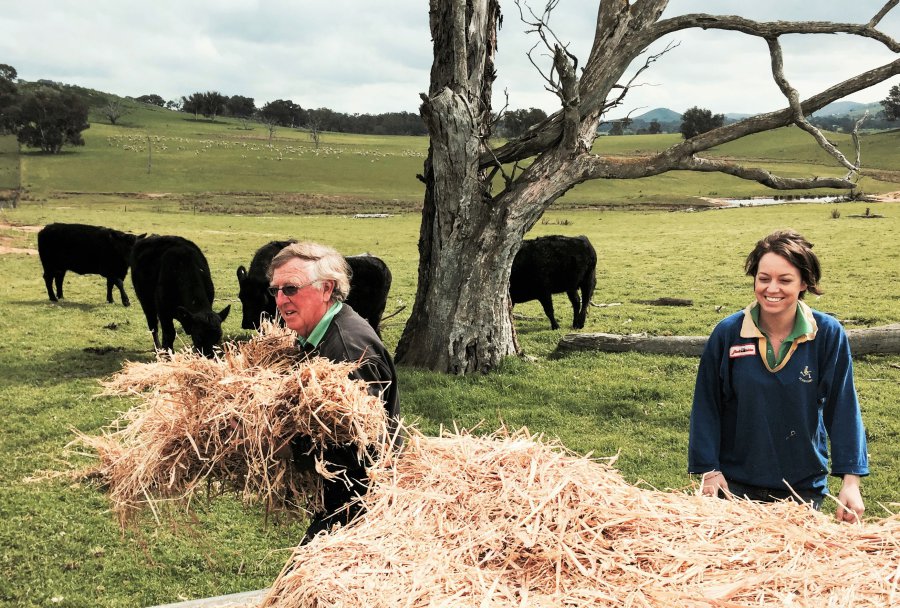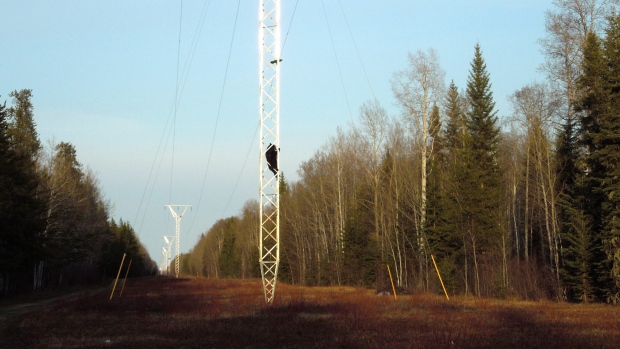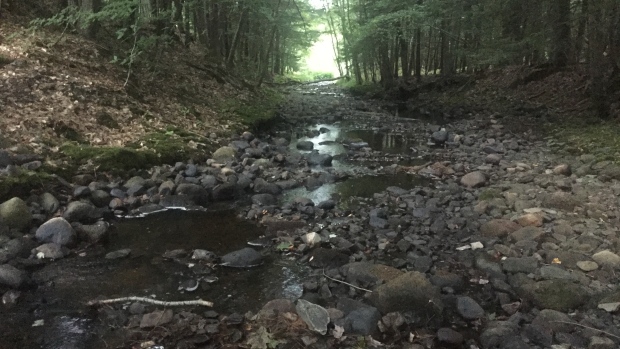
PHOTO: The Sharks and Bulldogs celebrate during their preliminary final victories. (AAP/Getty)
By Jon Healy
September 26, 2016
This year’s AFL and NRL grand finals could play host to two drought-breaking victories.
The Western Bulldogs and Cronulla Sharkswill contest the last match of the year in their respective codes on the weekend with the chance to end decades of heartache for their fans.
The Bulldogs, or Footscray Football Club, have not only gone decades without winning a flag, but have only reached one other season decider since taking out the title in 1954.
In that 1961 fixture, Footscray jumped out to an early lead, but kicked just 2.4 (16) in the second half while Hawthorn booted 67 points to hammer them by 43.
They had one shot, one opportunity, one moment, to seize everything they ever wanted … and they let it slip.
Cronulla, meanwhile, has been in the top flight rugby league competition since 1967 and never won it all, missing out in the 1973, 1978 (via a replay) and 1997 (Super League) grand finals.
So, can one or both of these teams shake the monkey off their backs and get off this list of some of sport’s most title-hungry teams?
Chicago Cubs — No World Series win since 1908

Long-suffering fans … The Cubs faithful look on during another loss during the 2008 playoffs.(Getty Images: Jamie Squire)
Baseball might do superstition better than any other sport, and the Curse of the Billy Goat is one of its best.
The last time the Cubs reached the World Series, in 1945, Billy Sianis tried to get into game four to watch his team go around against Detroit at Wrigley Field.
Unfortunately, Sianis had with him a goat — he was the owner of the Billy Goat Tavern — and security refused to let the animal in because you cannot bring random animals to sporting events, especially those that have a reputation for eating everything in sight.
The story goes, Sianis appealed Cubs owner PK Wrigley, who also denied the goat entry, prompting Sianis to exclaim: “The Cubs ain’t gonna win no more.” And win they have not.
But, with the Cubs currently boasting the most wins in the MLB, and the Sharks and Bulldogs heading to deciders, 2016 could be the year for a hard rain to fall on some sporting droughts.
Toronto Maple Leafs — No Stanley Cup win since 1967

PHOTO: Toronto has not returned to the finals since its last title. (Getty Images: Bruce Bennett)
Think about Toronto as the NHL’s South Sydney Rabbitohs.
This hockey-mad city saw its Maple Leafs lift the Stanley Cup 13 times, but not once since 1967.
Once again, they have not even stumbled into the finals once in the interim.
Although, maybe that is for the best considering when the Vancouver Canucks, who have never won the title, lost their third finals in 2011 the city was almost burned to the ground.
Cleveland Browns — No title since 1964

PHOTO: Robert Griffin III’s injury troubles sum up the luck of the Browns in the NFL (Getty Images: Jason Miller)
Mercifully, LeBron James and the Cavaliers quenched the city of Cleveland’s thirst for a trophy by winning the 2016 NBA title, but football (and any other sporting) success still alludes ‘The Land’.
The Browns won an NFL title in 1964 but have not won or even reached the last game of the season in the Super Bowl era (since 1966).
With a miserable name like the Browns, voted by fans as an homage to former heavyweight boxing champion and Cleveland native Joe ‘The Brown Bomber’ Louis, making fun of this sorry lot is almost too easy.
Unfortunately, while some other teams on this list seem to have some upside and hope in the not too distant future, the Browns appear destined to be terrible for a while yet, having recently signed injury-prone quarter-back Robert Griffin III, who instantly got injured.
Liverpool — No League title since 1990

PHOTO: The Reds have won other trophies in the interim, but are still looking for another Premier League title.(Getty Images: Dave Thompson)
Some context is required to justify Liverpool’s spot on this list.
The streak is nowhere near as long as the others, but the Premier League is so top heavy that there really is no excuse for one of England’s most storied clubs to miss out for as long as the Reds have.
Of the 26 titles available since Liverpool’s last league win, which was its 11th in 18 seasons, 21 have gone to the other members of the ‘Big Four’ – Manchester United (13), Chelsea (4) and Arsenal (4).
Sure, Liverpool has been usurped by Manchester City in the awesome foursome but that only happened relatively recently and as the drought extends it is becoming increasingly difficult for Reds fans to keep saying their team is a major player in the league.
Source: Cronulla, Western Bulldogs looking to get off list of sport’s longest active title droughts – ABC News (Australian Broadcasting Corporation)



















